Editor’s Note: This story was originally published in Digital Issue V.
Thousands of people flock to the Frank Erwin Center throughout the year, attending concerts and basketball games. While the center is one of the most popular entertainment venues in Austin, people may not notice the controversial symbol that adorns its exterior. The Confederate Flag flies in the center’s courtyard as part of the Six Flags of Texas.
Story by Zoya Zia
Photos by London Gibson
Littlefield Home was built by Littlefield in 1894 and was later given to UT.
Symbols that reflect a history of racism and oppression are not uncommon at the University of Texas at Austin. The Robert Lee Moore building is named after a mathematician who refused to teach black students. The San Jacinto dormitory refers to the Battle of San Jacinto, during which pro-slavery Texans defeated the Mexican army. George Littlefield, an infamous Confederate Army officer, has a fountain, cafe and dormitory named after him, and his former home resides on the campus. Ironically, Littlefield House is located across from the Gordon-White Building, which houses Black Studies and Latino Studies.
In a 2002 feature article on UT’s website, Littlefield was described as a “strong and outspoken Southern gentleman,” but another side of his history troubles some students. Anthropology freshman Odera Okafor learned about Littlefield’s history from her older sister. “When I looked him up, there was even a Wikipedia page about him,” Okafor says. “He was for slavery, part of the Confederacy, and yet there is so much remembering him on campus.”
Statues around the Six Pack and West Mall celebrate other controversial historical figures. Robert E. Lee led the Confederate army, John H. Reagan served in the Confederate cabinet, and James Hogg had a family history in the Confederacy. “It’s kind of surreal and illogical as to why there are still these symbols of racism and white supremacy on campus,” Okafor says. “These people with buildings and statues wouldn’t accept my presence at UT as a black woman. They would not even look at me as a human being.”
Parallel to the United States’ history, UT’s past is riddled with discriminatory practices. Though other universities grapple with a similar past, UT’s overall progress is notably slow. In 1956, the first class of black undergraduate students was admitted to the university. The Precursors are a group of African American alumni who were among the first African Americans at UT. The football stadium’s namesake, Darrell K. Royal, was one of the last major football coaches to recruit black athletes. In 1970, Julius Whittier became the first African American to play on the varsity team. This was seven years after the university’s athletic program opened to black students.
Dr. Edmund T. Gordon, associate professor and chair of the department of African and African Diaspora Studies, has been at UT for over 25 years and notes an increase in the number of students of color on campus. Still, black students make up just 4 percent of the student body. “I think that overall, UT is a difficult fit for students of color, particularly for black students,” Gordon says. “There are statues and names of people on buildings who were racist, but I think people aren’t necessarily conscious of those things on a daily basis. It helps to build an atmosphere of alienation in general for students of color.”
White students make up 45 percent of the student body, the largest ethnicity group on campus. “I think the lack of representation really affects a person’s self-esteem or self-confidence,” psychology junior Jessica Chavarria says.
Gordon notes that every four or five years, someone decides that having a certain statue may be problematic. “There’s a move to do something about it and usually the university does it,” Gordon says. With last year’s removal of the Jefferson Davis statue, Okafor wonders whether more can be done to change how UT presents itself. “People like Littlefield are a part of history, and let’s not forget history,” Okafor says. “But there’s a place for that, maybe in a museum.”
Littlefield Dormitory is located in the Whitis Area Community and is UT’s oldest residence hall.
Chavarria says she understands when people call for removing racist symbols. “These subtle symbols are what we don’t always pay attention to, but they hurt people constantly,” Chavarria says. “We should ask if these symbols are an actual representation of our school. If I saw the Confederate flag, I would really question it. It doesn’t represent who we are or who we want to be.”
Gordon says he is not in favor of taking the statues down, but wants to see the university come to terms with the statues and why they were put there in the first place. “The university should make it clear to students that those are not the values we have anymore,” Gordon says. “UT should make an apology to black students for having these things up there.”
Others propose seeing symbols replaced by worthy former Longhorns or public figures. “It makes me feel good to see the Barbara Jordan statue,” Chavarria says. “I wouldn’t mind seeing statues of others who stood up for people in a correct way.”
Still, only three statues of people are color are visible across campus. Including Barbara Jordan, there are also status of Martin Luther King Jr. and Cesar Chavez. “They represent what I hope is the university’s current ethos of diversity and inclusion and the serving of Texas communities that previously were excluded from the university,” Gordon says.
The statue of Martin Luther King Jr. is a symbol in the East Mall.
Okafor suggests changing the names of buildings and landmarks associated with the Confederacy. However, her focus is on creating dialogue. “The main thing should be educating people about the real history of Texas and UT,” Okafor says. “Confronting that history is important.”
Gordon also mentions the importance of bringing awareness to racist symbols. “Having them remain on campus as a reminder of where the university was and who the originators of the university were is really important,” Gordon says. “They have to be interpreted and can’t be left to sit there. My preference would be that there are alternative interpretations of them that better represent the university’s current values.”
Chavarria remembers the controversy that surrounded the removal of the Davis statue, but agrees that having meaningful discussion is key. “I think people were divided and just didn’t get it,” Chavarria says. “Nobody wanted to believe the statue related back to race because that is an uncomfortable topic that nobody wants to talk about.”
Although the issues are complex, Chavarria says it’s important for the student body to resist ignorance. “Even if it is just asking a question, there are so many opportunities to learn, sit down, and talk about these things,” Chavarria says. “Something simple like that can change perspectives and let people know how others are feeling.”
Students can discuss the discrimination that took place at and around UT. By doing so, they can collaborate to make the changes they want to see on campus — similar to how students brought down the Davis statue. “I don’t think these topics are really approached because they make UT vulnerable,” Chavarria says. “But I think we need to address it because we can see how far we’ve come and how far we still have to go. What starts here changes the world, but we need to bring new perspectives to mind to actually change the world.”
The statue of Barbara Jordan, lawyer, politician and leader in the Civil Rights Movement, stands prominently.
Students from different organizations on campus continue to engage in protests for racial equality on campus. After the racially-motivated violence against senior Cody Young occurred in West Campus, students criticized the university’s slow and ambiguous response. Some marched on campus with signs that said things like “we are the 4 percent.” In this way, protests provide a platform for students to bring attention to issues. “I think protests are effective because Austin is the capital, and if you get attention, it’s definitely a good thing,” Chavarria says. “If you call for something that is right and brings equality, then why not protest?”
Gordon suggests talking to student government representatives and members of the administration. “Student government is always very powerful,” Gordon says. “Students can also talk to the president and the provost and do what’s necessary for them to know that students of color don’t feel comfortable with these kind of images on campus, as they are currently represented and something needs to be done.”
The Confederate flag flying over the Erwin Center may be overshadowed by the other flags surrounding it. Namesakes may seem like minor things. Still, Chavarria says students gain a sense of agency from creating social change that they can physically see on campus. “I think we should continue to take action because it’s good to admit our problems and face the issues,” Chavarria says. “UT can model the way for other institutions if it begins to focus on becoming inclusive. Even if we don’t make the largest changes ever, just one change can affect a person and a population.”
The Confederate flag flies next to five other flags. Together, they are the six flags that have flown over Texas.































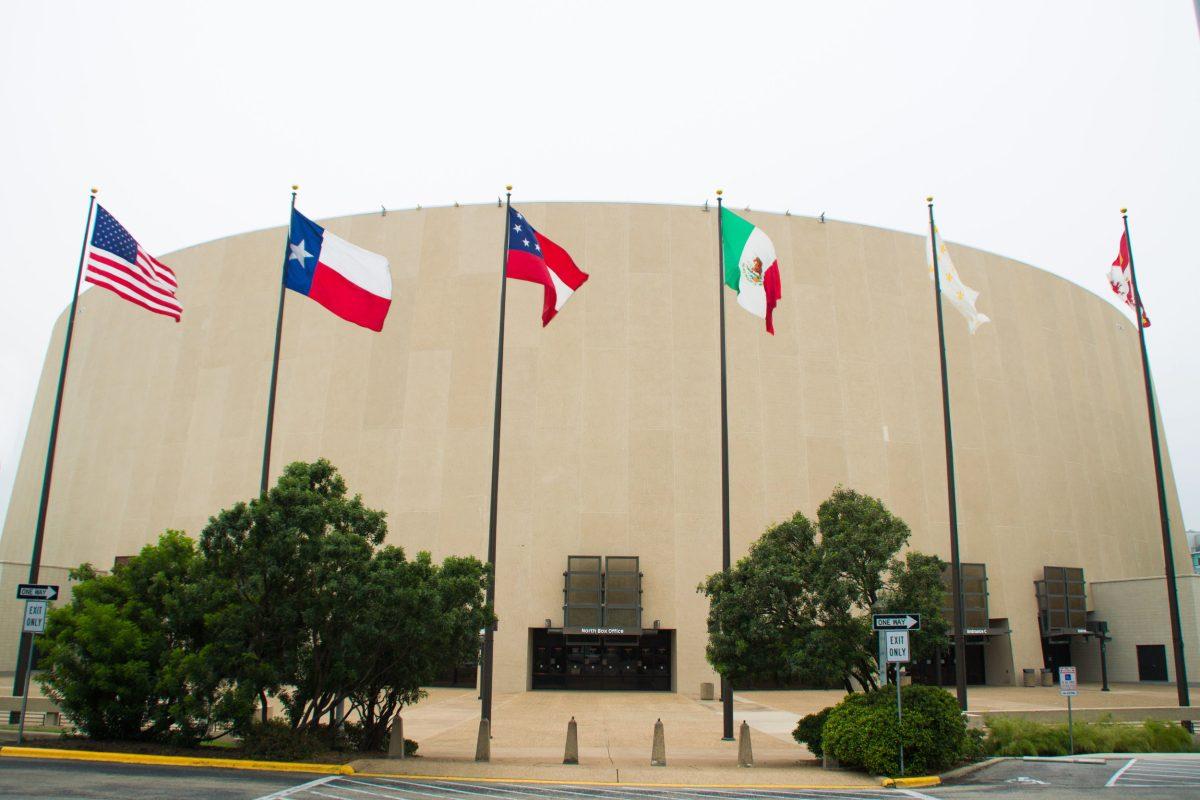
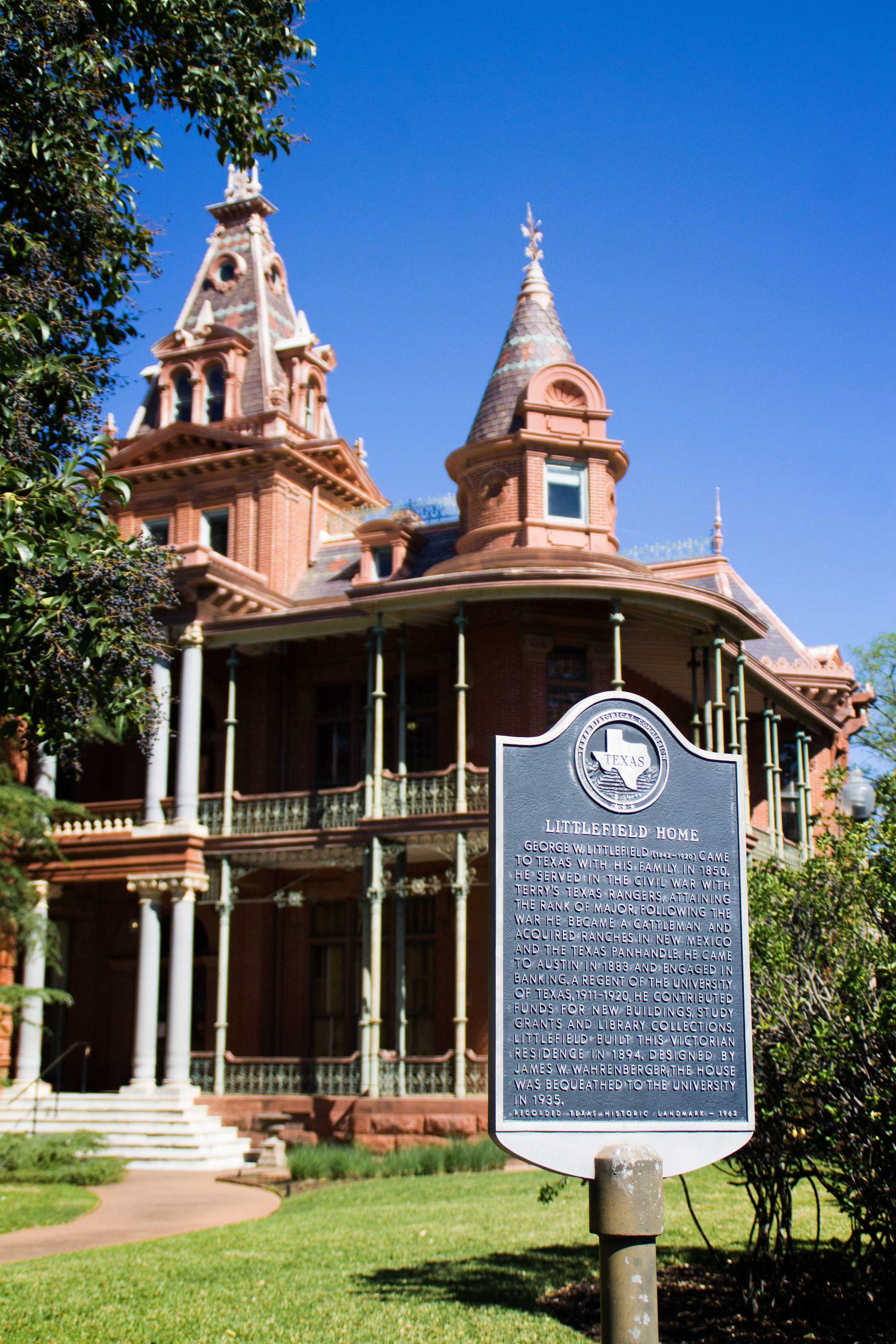
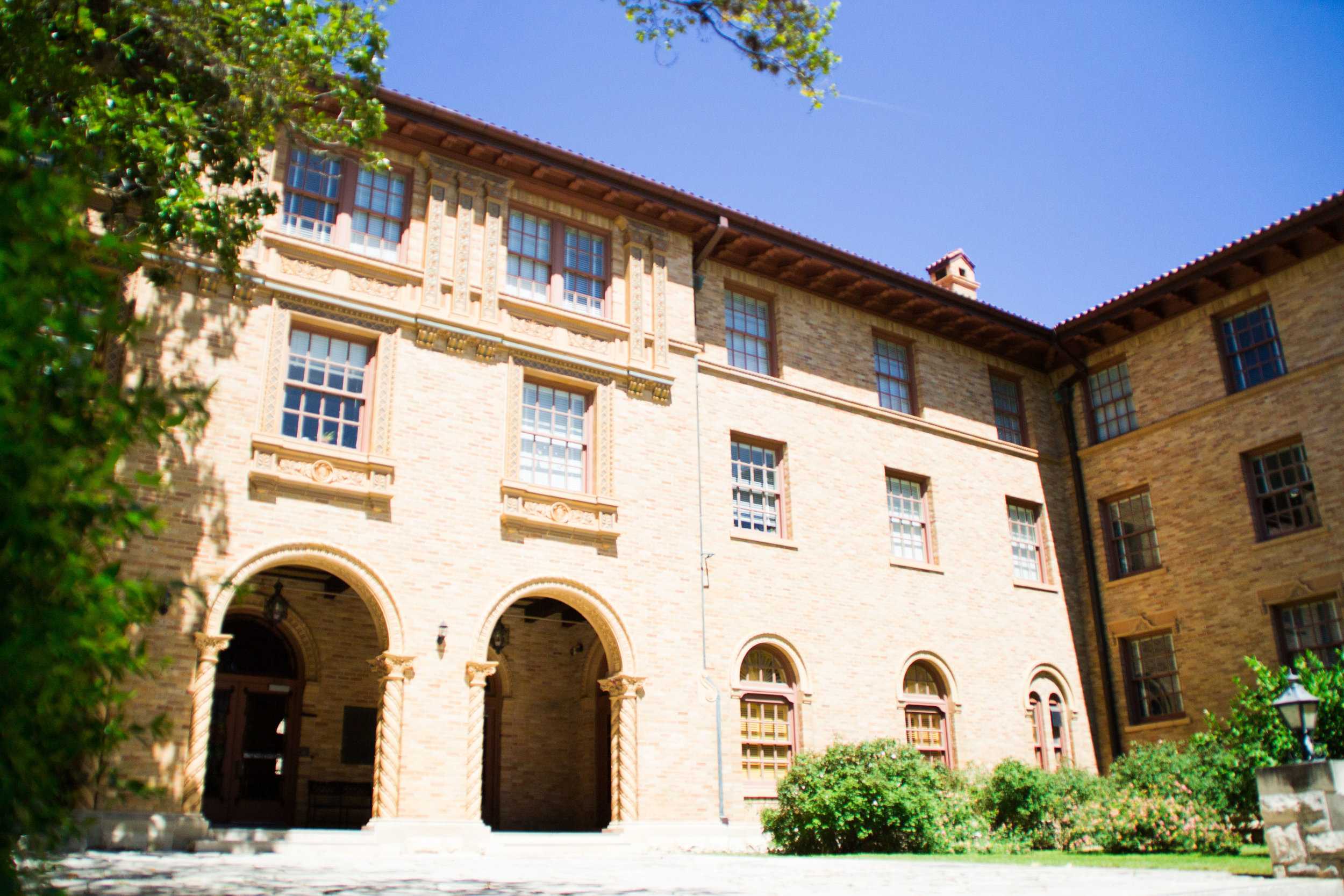
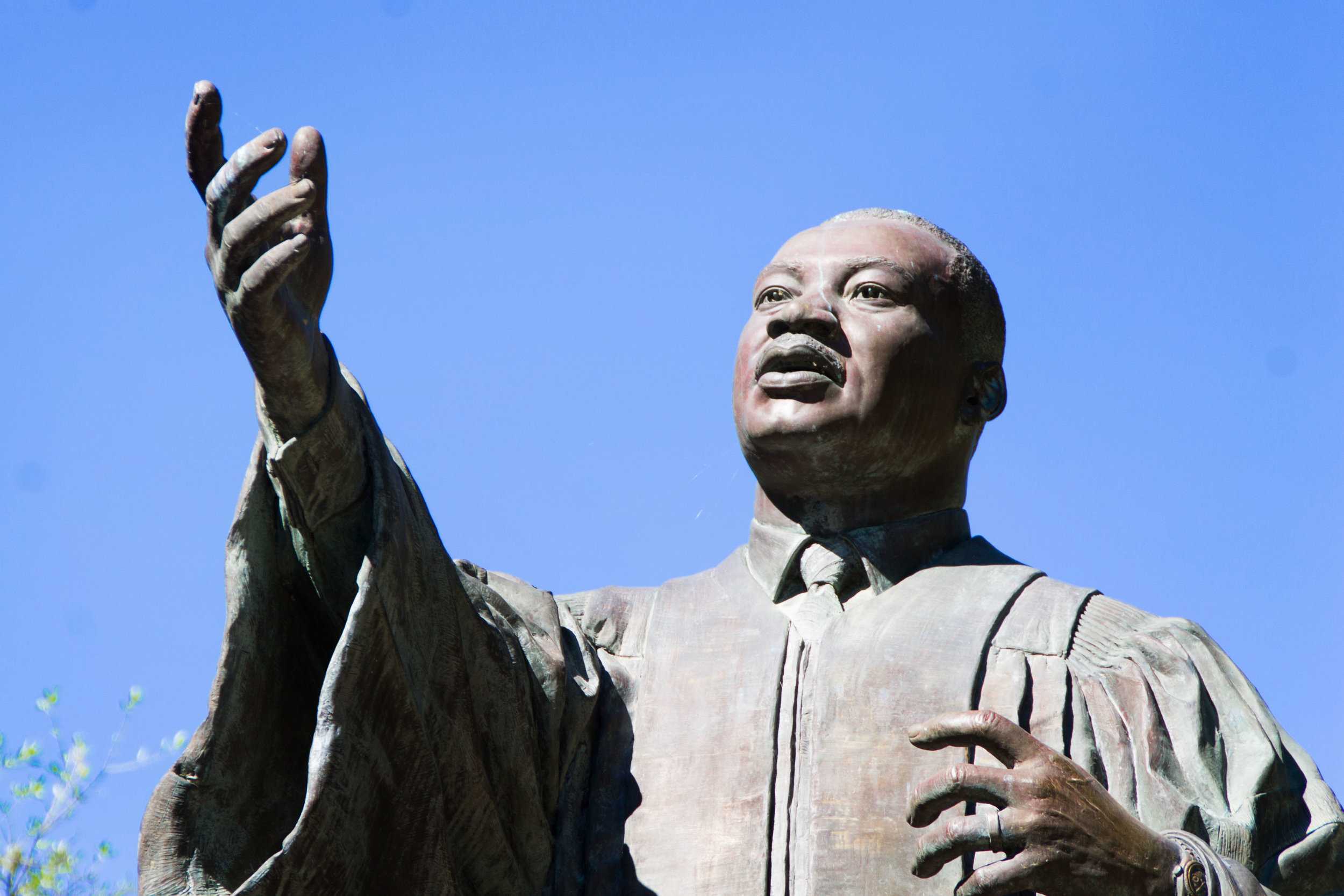
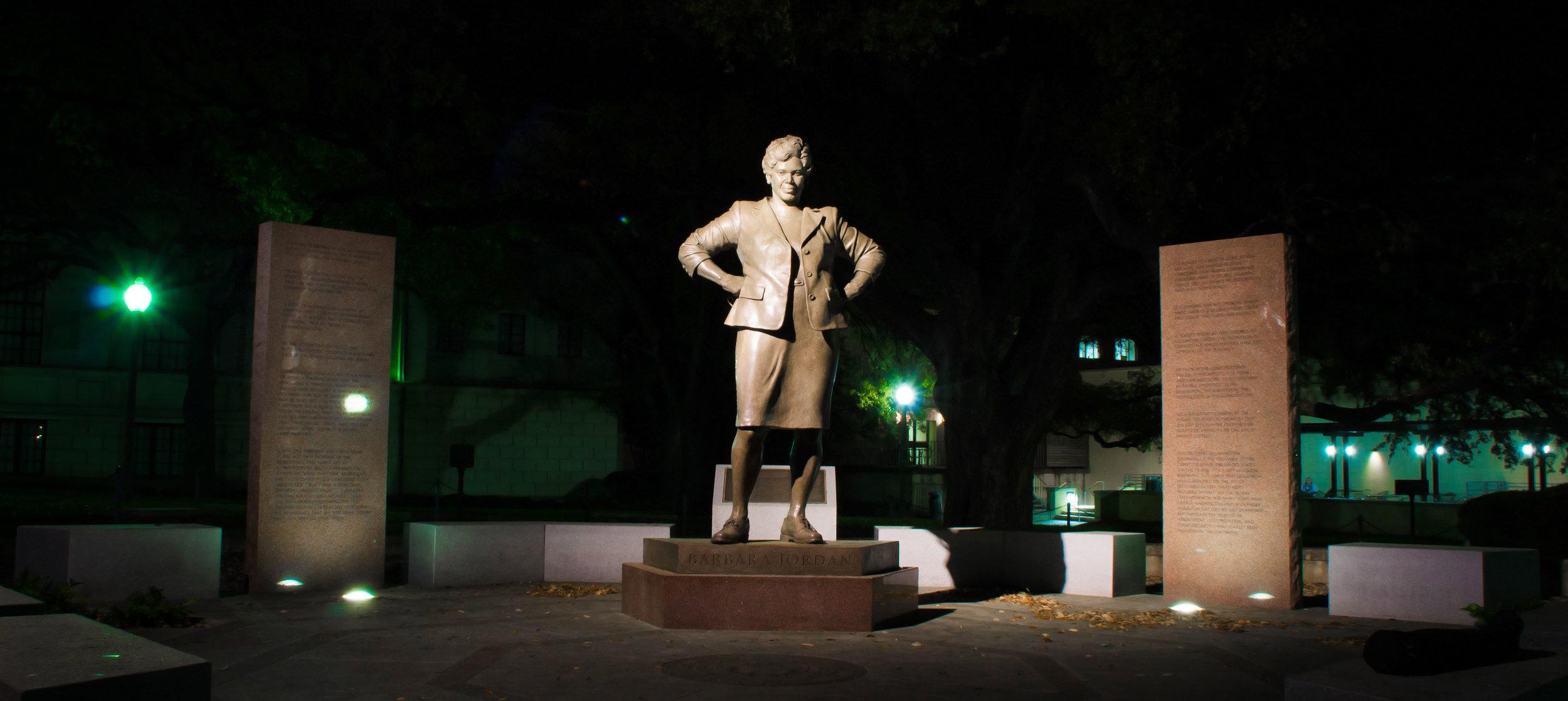
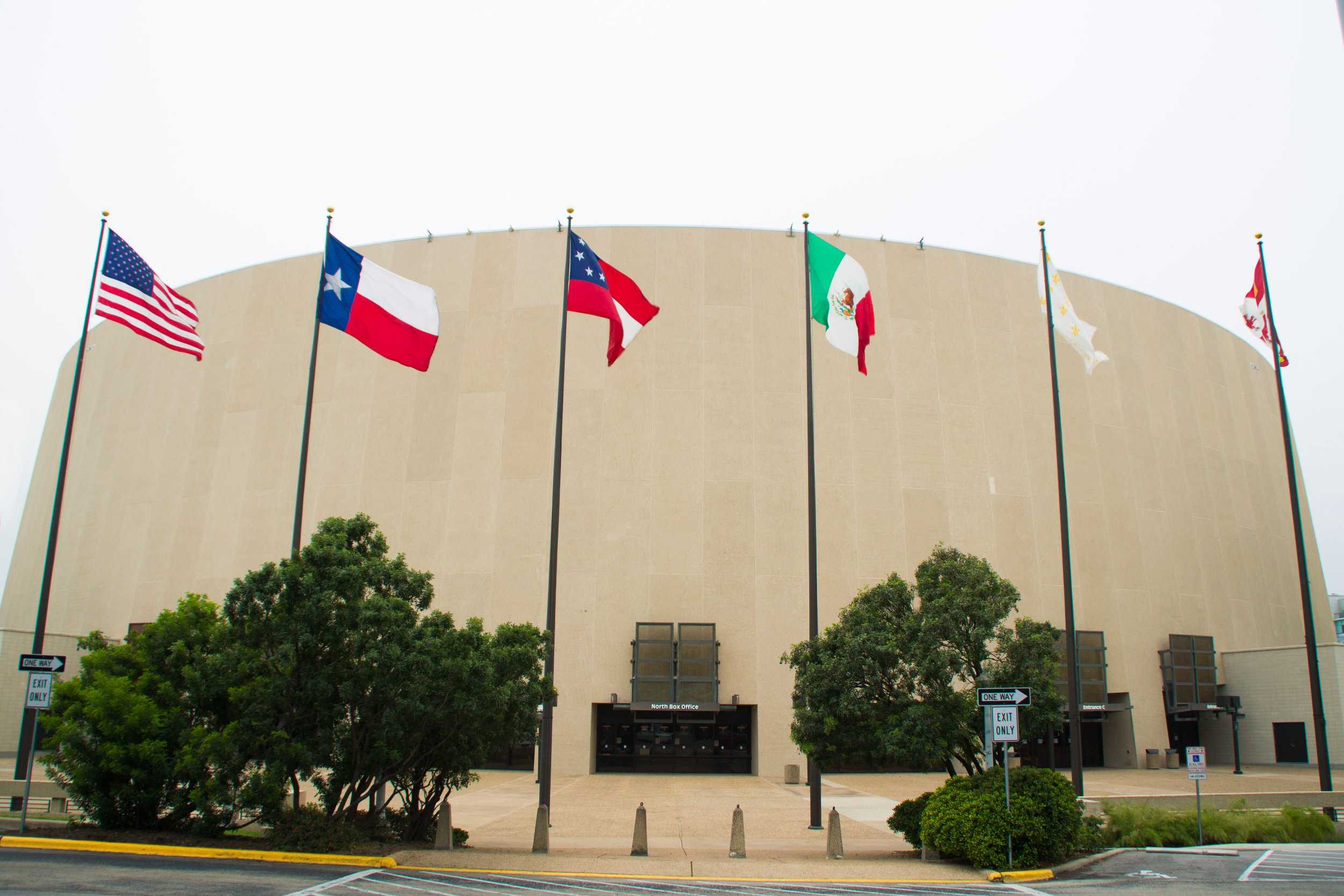

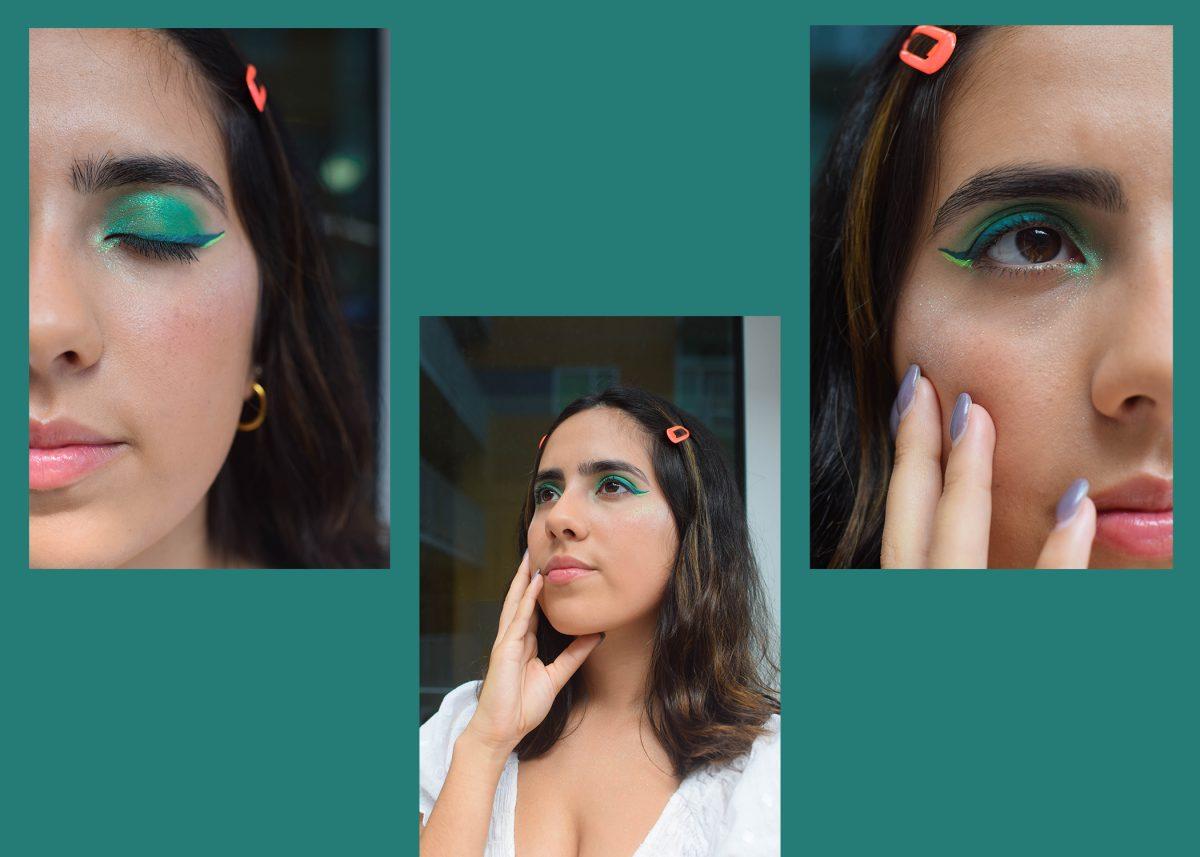










Charles K • Sep 4, 2016 at 5:46 pm
First, before I post this, I want people to know that I am an Indian American and have been the subject of racism in the past.
However, this culture of eliminating everything on campus that has an adjacent connection to racial animosity severely undermines our understanding of history. Literally every president before Barrack Obama has had plausibly racist tendencies or has been accused of having racist tendencies. That is not to say we cannot honor their achievements while recognizing their short comings. I am not going to be the one to advocating the removal of the George Washington statue because he was a slaveowner. You can honor a person’s achievements and their story without subscribing to everything they believed.
Like it or not, its our history. Scrubbing it of the unsavory, objectionable aspects is a disservice to the truth. We can be better as a society, but not if we forget.